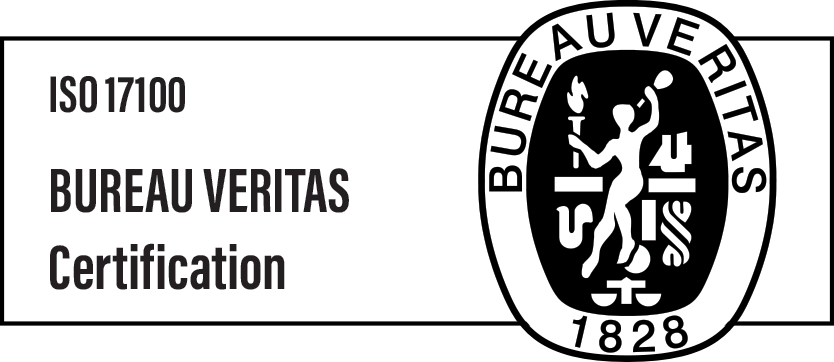Why medical translation requires more than just language skills
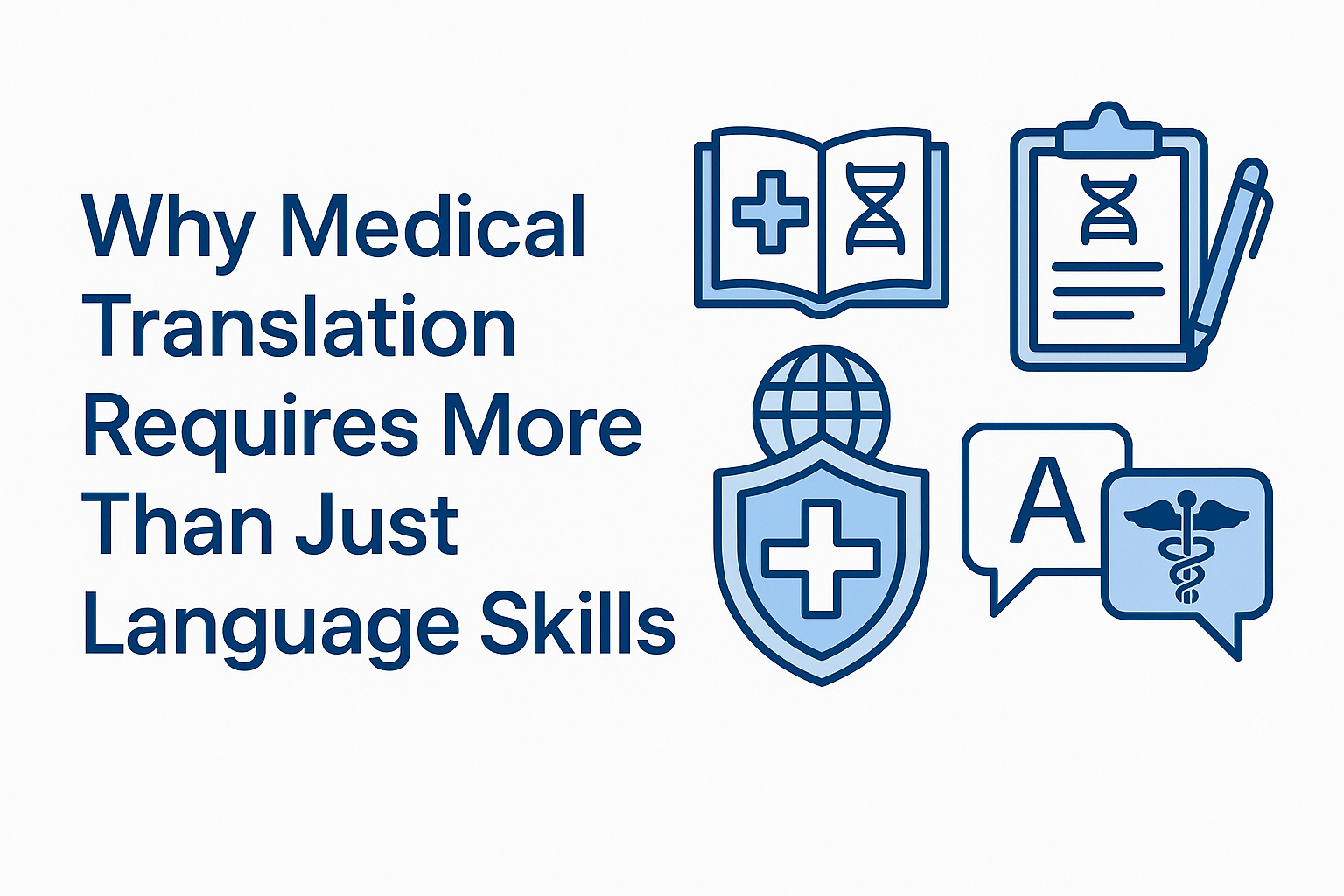
More than words – the true scope of medical translation
In healthcare, clear communication saves lives. When information crosses borders, it must be translated with absolute precision. That’s where medical translation services play a vital role. They don’t just transfer words from one language to another. They bridge the gap between complex science and human understanding.
Every medical document — from clinical trial data to patient information leaflets — carries serious responsibility. A small error can change how a doctor prescribes a drug or how a patient follows treatment. That’s why medical translation requires much more than language fluency. It calls for deep medical knowledge, subject expertise, and awareness of cultural differences.
For companies in the medical and pharmaceutical sectors, choosing the right language service provider means ensuring both accuracy and trust. For translators and educators, it’s about mastering the science behind the words. Medical translation isn’t just communication — it’s precision, safety, and care combined.
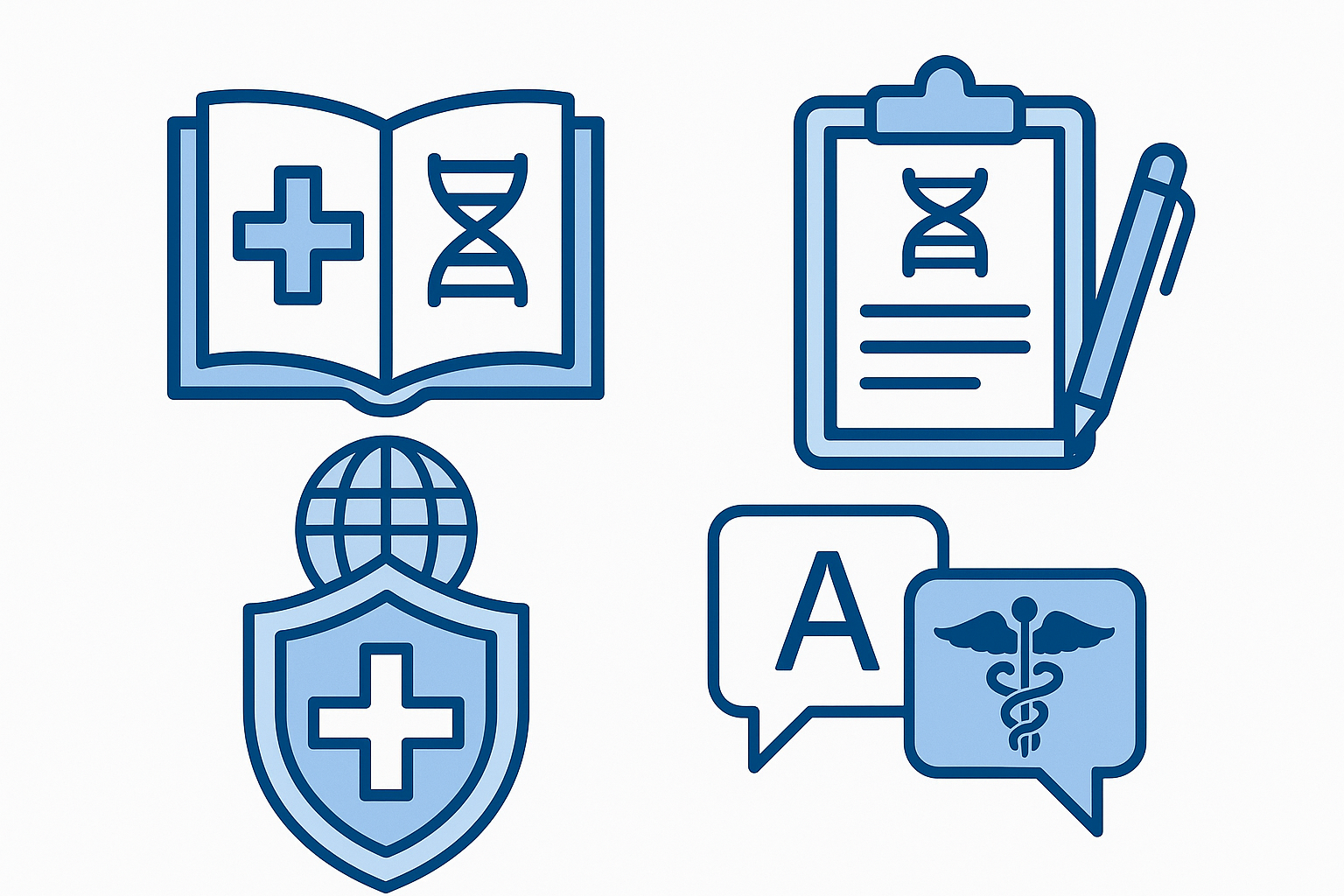
More than words – the true scope of medical translation
The complexity of medical language
Medicine has a language of its own. It’s full of specialized terms, abbreviations, and scientific expressions that don’t always have direct equivalents in other languages. A translator must recognize the difference between similar terms like “hypertension” and “high blood pressure,” and know when each should be used.
Unlike general translation, medical content demands consistency and precision. The same term may appear in regulatory documents, research papers, or patient instructions — and must always carry the same meaning. Translators need to handle not only words but also context, measurement units, and formatting standards that vary between countries.
It takes years of exposure to medical materials to fully understand this terminology. That’s why LSP professionals often work with translators who specialize in specific areas such as pharmacology, clinical research, or medical devices. Only then can translations support safe, reliable communication across global healthcare systems.
Subject-matter expertise: the heart of accuracy
Language skill alone isn’t enough. A translator working on a surgical procedure manual or a clinical protocol must grasp what they’re reading. Understanding how a medical device functions or how a drug interacts with the body helps them choose the right terminology and phrasing.
Subject-matter expertise ensures clarity and compliance. When translating materials for drug approval, for instance, translators must align with regulatory language required by authorities like the EMA or FDA. A mistake in dosage information or terminology could lead to costly delays — or worse, patient risk.
For LSPs and their clients, this expertise is an investment in quality. Partnering with translators who have backgrounds in medicine, biology, or pharmacology improves both speed and accuracy. It also builds confidence that each translation reflects not only the right words but the right understanding behind them.
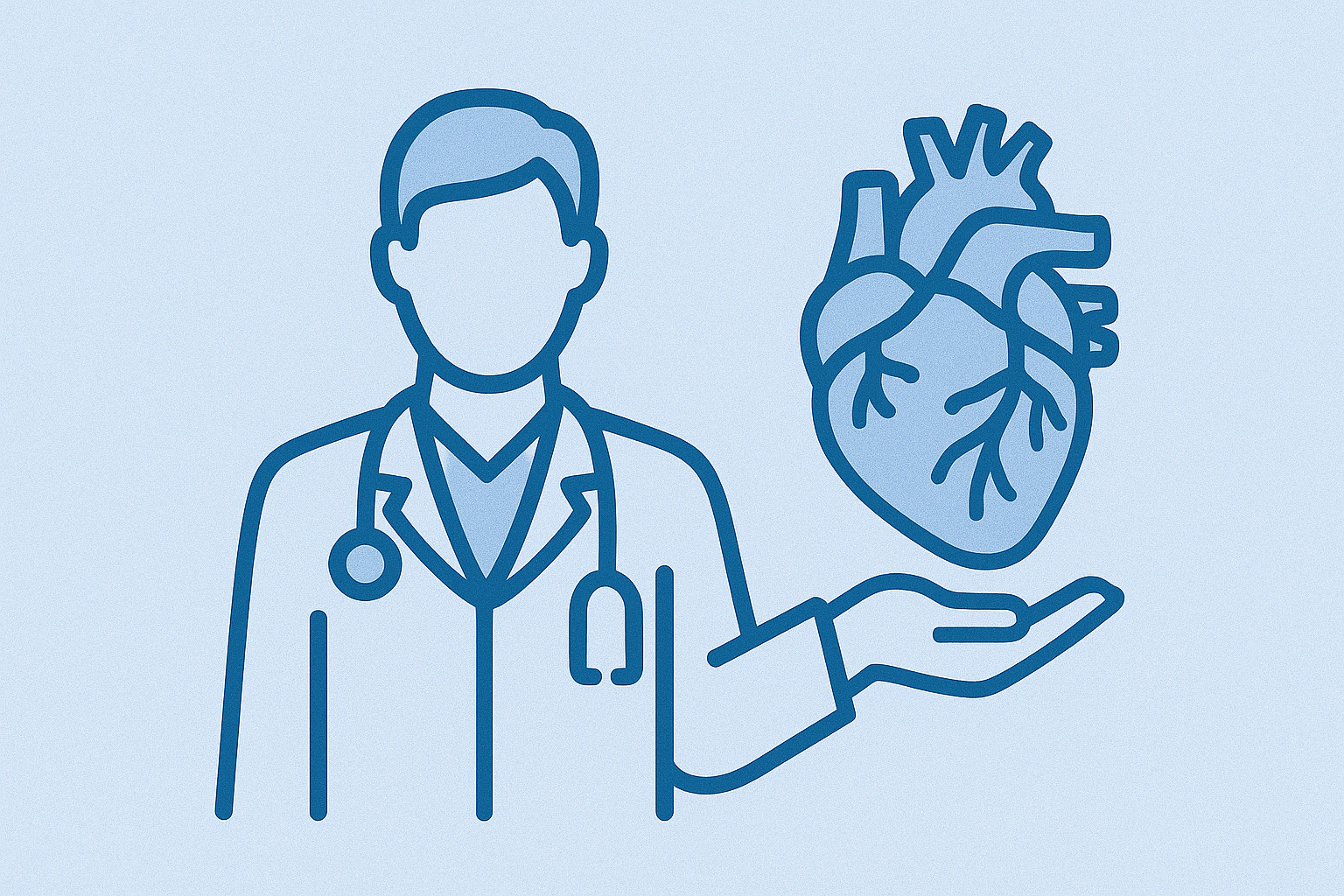
Subject-matter expertise: the heart of accuracy
Regulatory and ethical precision in every translation
In medical translation, accuracy is not just preferred — it’s required by law. Every country has strict regulations for how medical information must be presented. Translators working in this field must understand these rules and apply them consistently. From labeling drugs to preparing clinical documentation, even small errors can have serious legal or safety consequences.
Professional medical translation services follow industry standards like ISO 17100 and Good Clinical Practice guidelines. These ensure each translation is traceable, verified, and reviewed by qualified experts. Ethical standards also play a crucial role. Translators handle confidential data, patient information, and proprietary research, so confidentiality and data security are non-negotiable.
For LSP professionals and medical companies, this means establishing strong quality assurance systems. It also means choosing translators who are not only linguistically skilled but ethically responsible. In this sector, trust is built through transparency, precision, and accountability at every step.
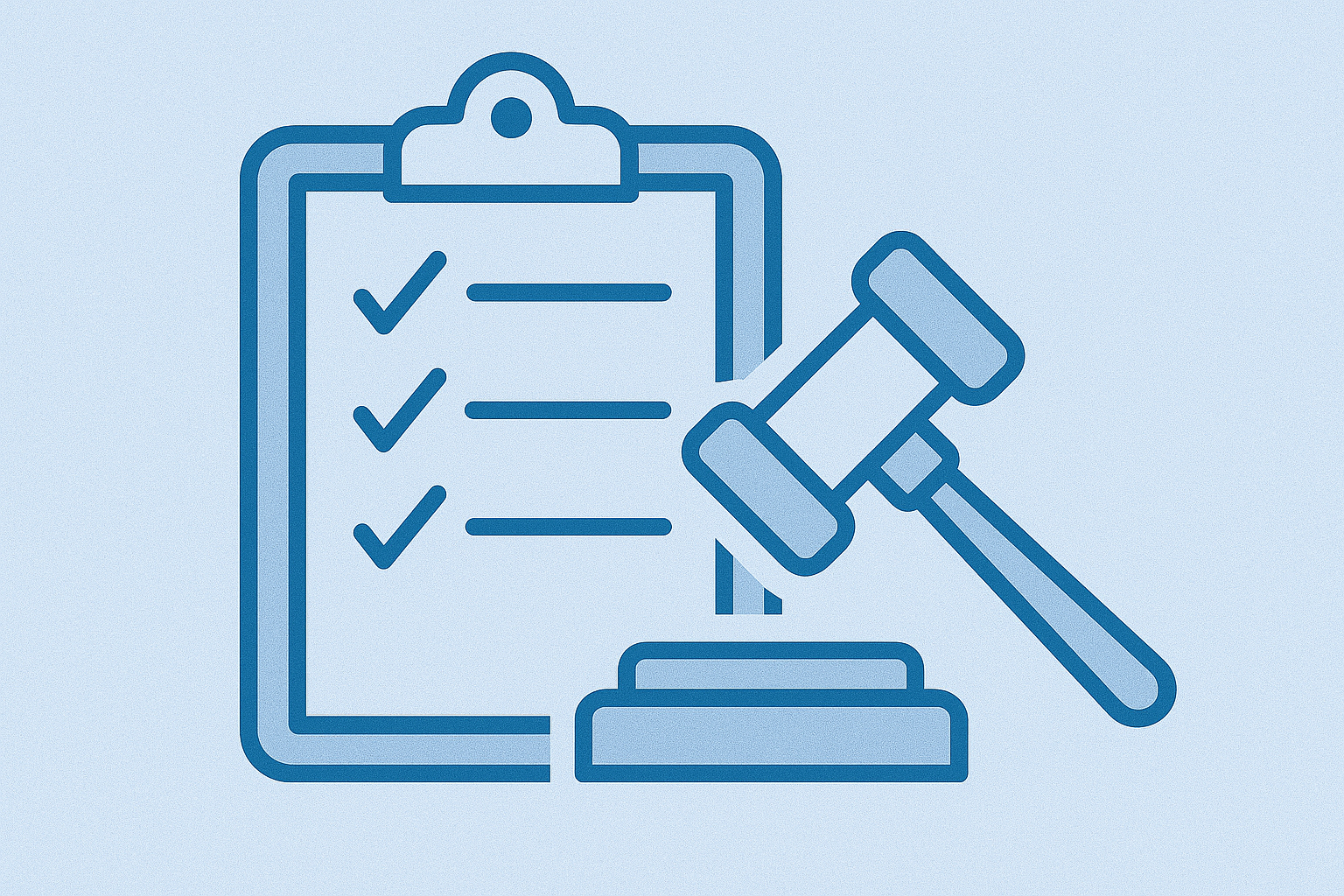
Regulatory and ethical precision in every translation
Cultural nuances and patient understanding
Medical translation doesn’t stop at technical accuracy. It also involves cultural sensitivity and clear communication for patients. A term that sounds neutral in one country might seem alarming or inappropriate in another. Translators must consider how cultural beliefs and language affect how people understand health information.
For example, patient leaflets or public health materials need to be written in a way that feels respectful, empathetic, and easy to follow. Literal translation is not enough. The content must be localized — adapted to local expressions, reading levels, and even visual preferences.
LSPs specializing in healthcare understand this balance between science and humanity. They know that a successful translation should help patients feel informed, not confused. When medical translation connects accurately and culturally, it not only supports compliance but also builds trust in global healthcare communication.
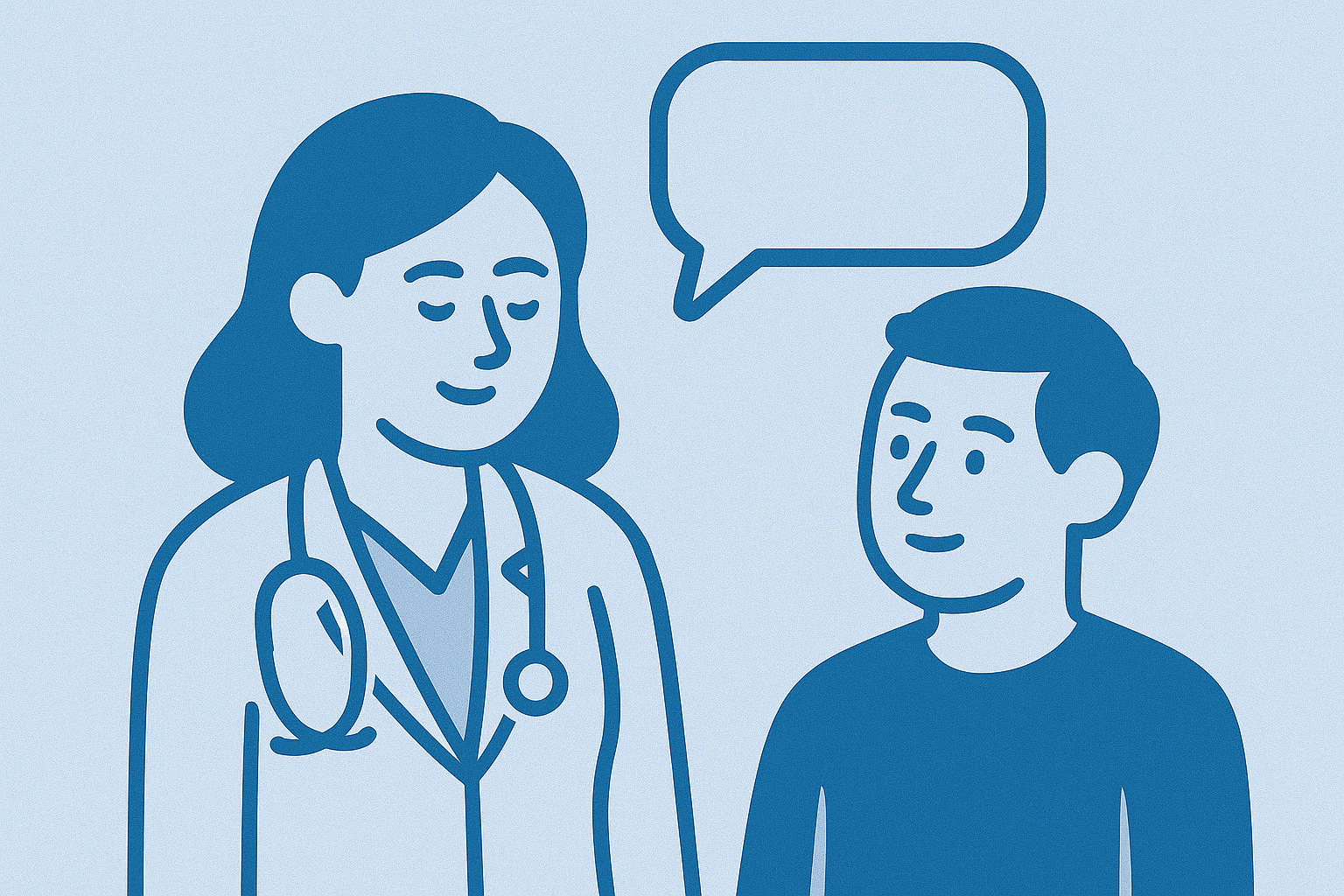
Cultural nuances and patient understanding
Where language meets life-saving knowledge
Medical translation is more than a linguistic task — it’s a responsibility. It combines expert language skills, medical understanding, regulatory awareness, and cultural insight. Together, these elements ensure that critical information reaches doctors, patients, and researchers clearly and safely.
For LSP clients and professionals, investing in specialized medical translation services means protecting both people and reputations. It means ensuring that every word in every document upholds the same standard of care as the medicine itself.
In a world where healthcare crosses borders daily, accurate translation is no longer optional. It’s essential. And when done right, it becomes a vital part of delivering better, safer healthcare worldwide.

